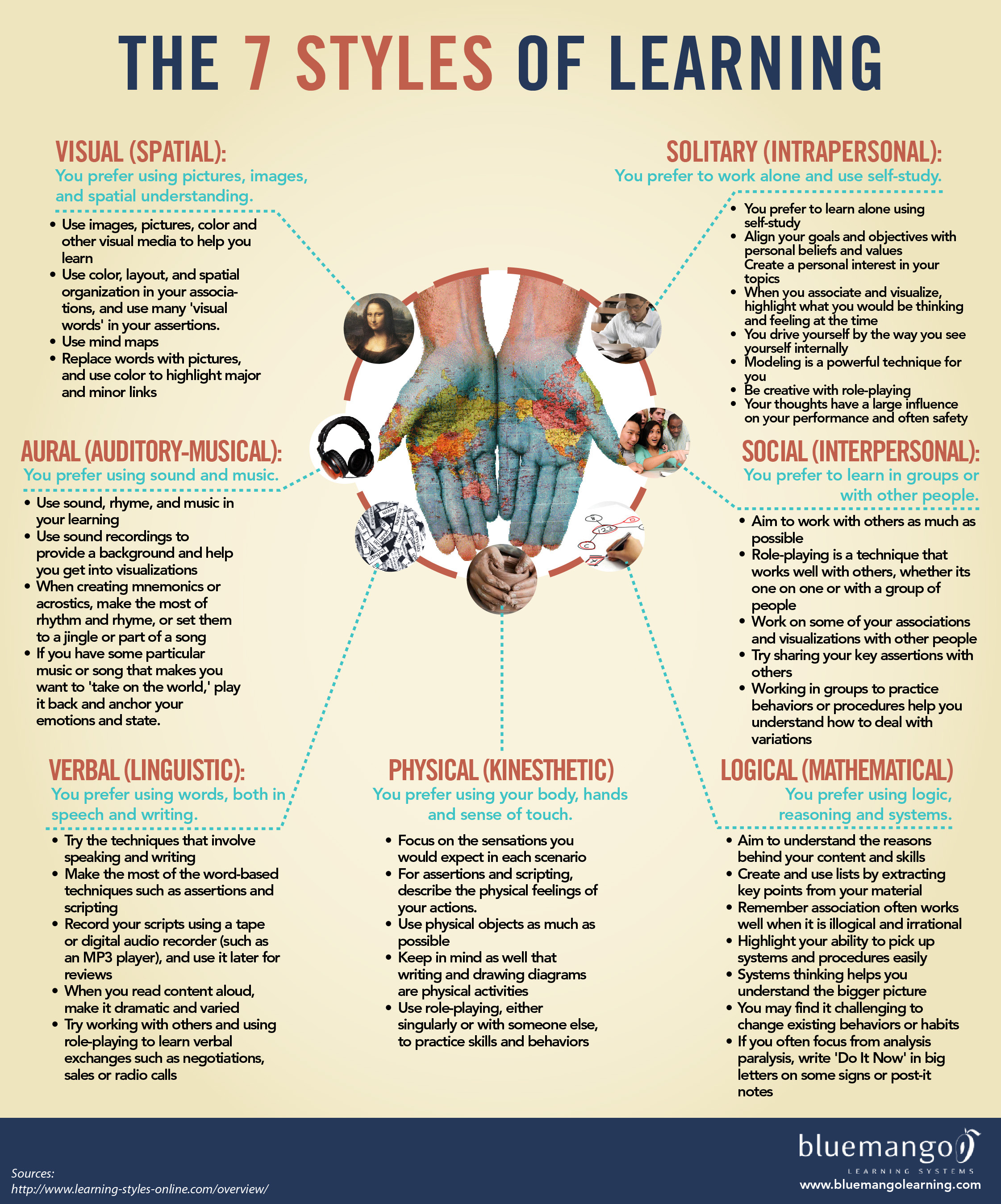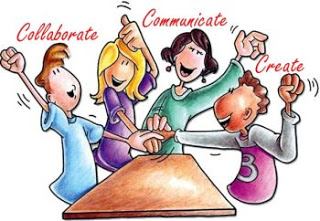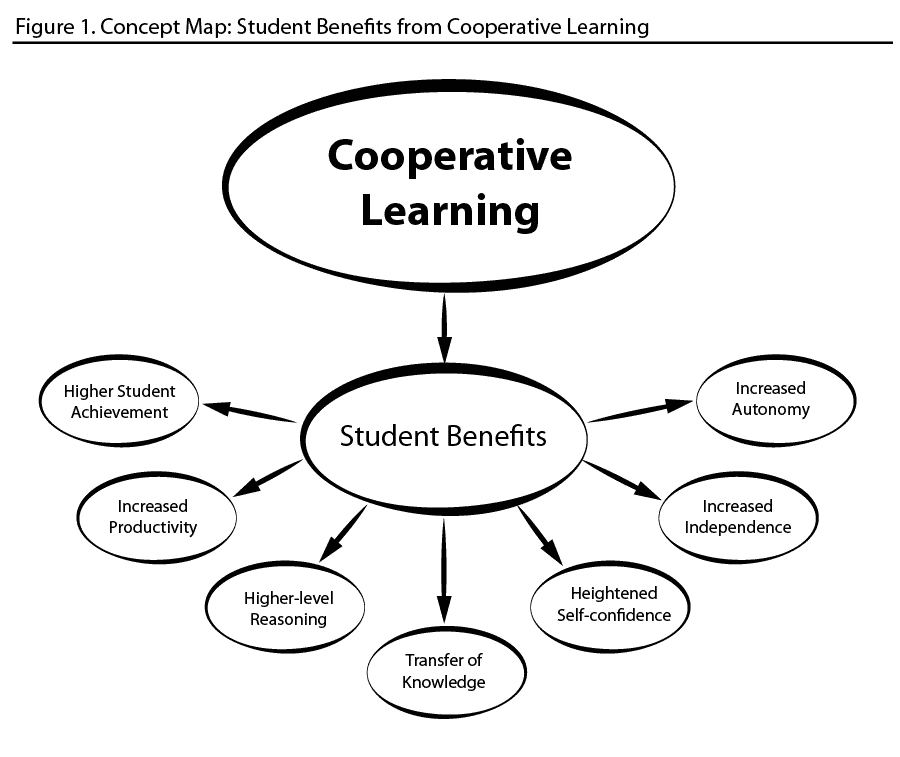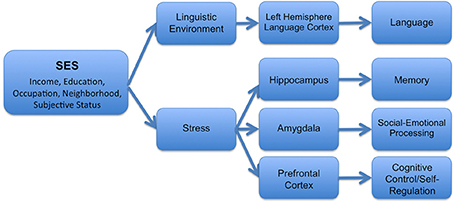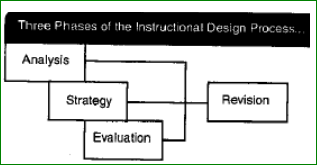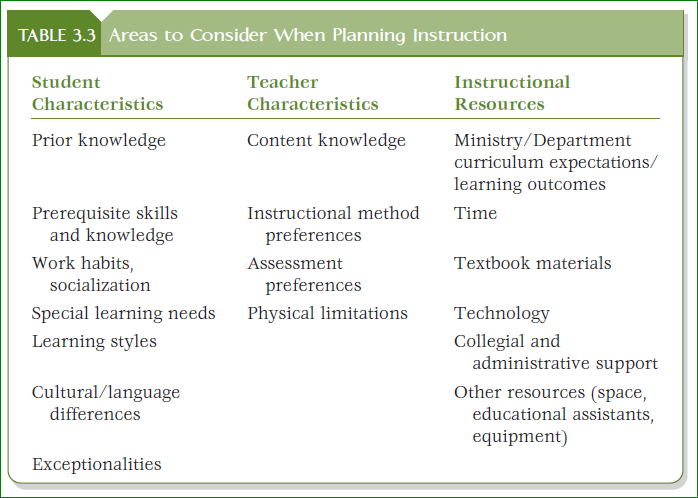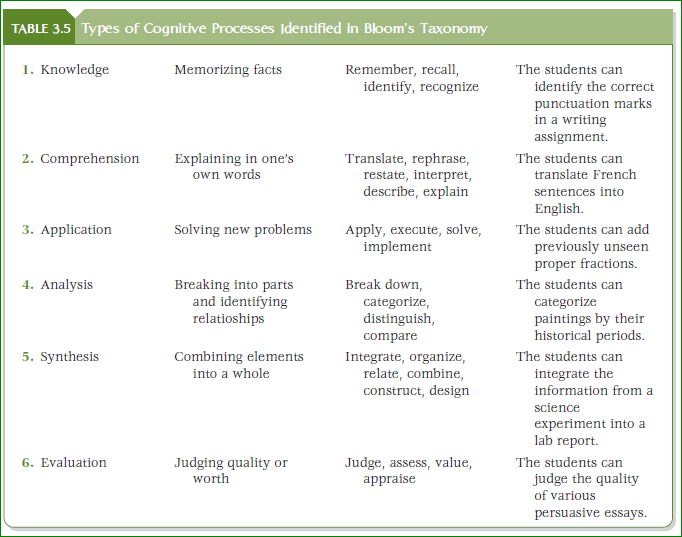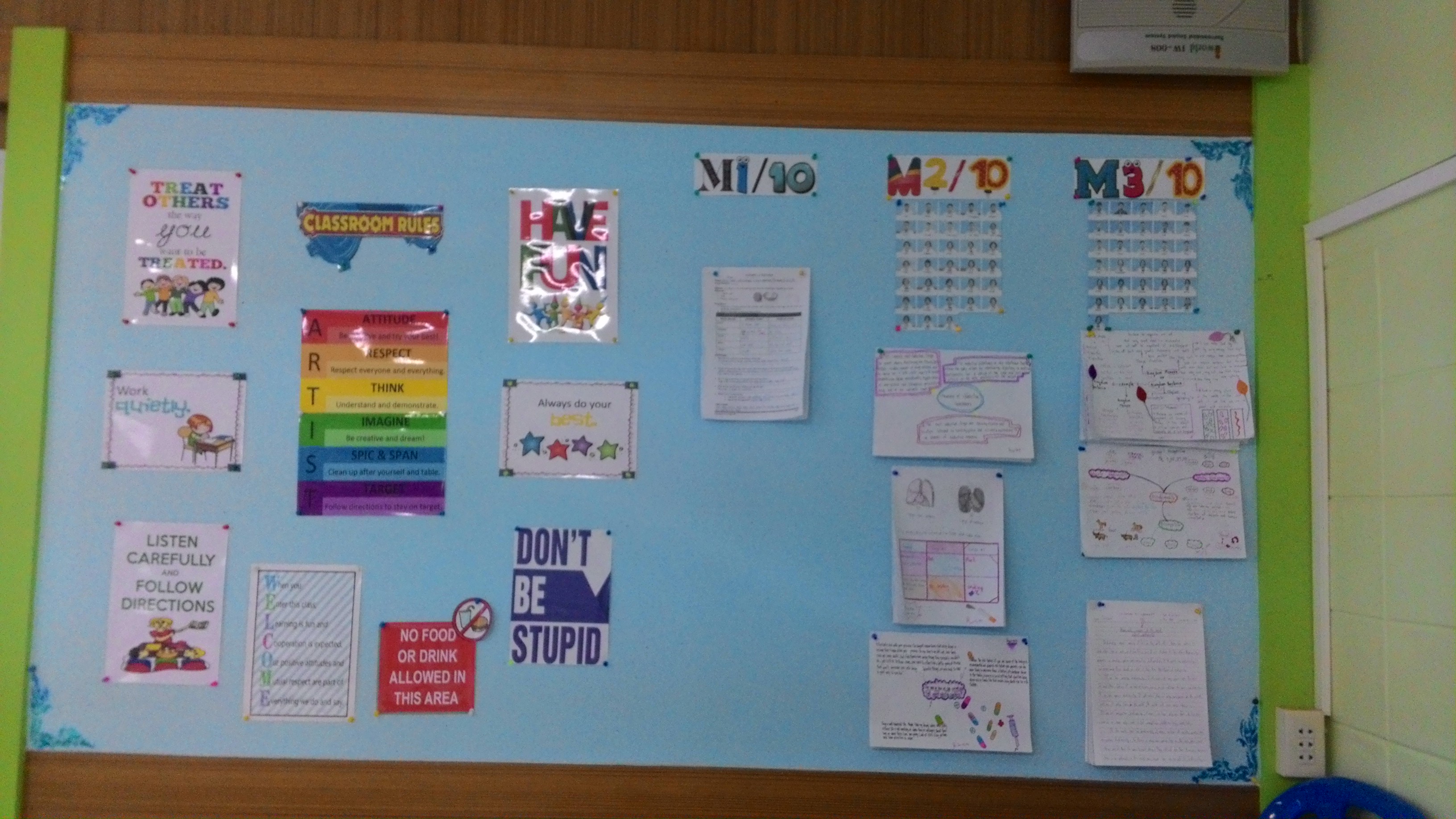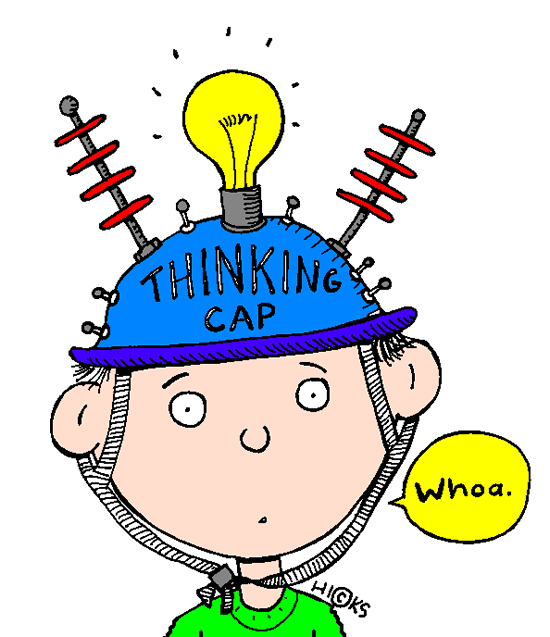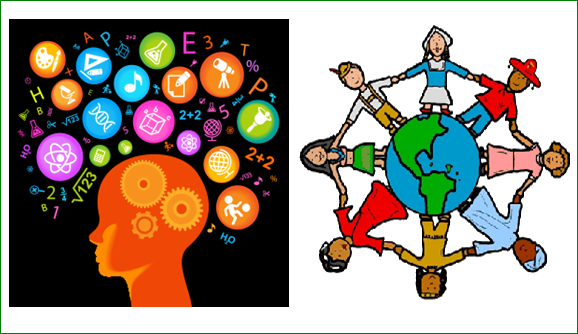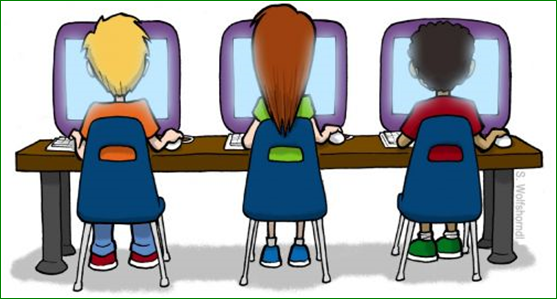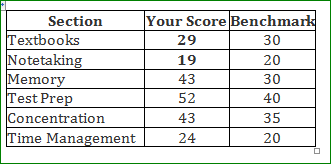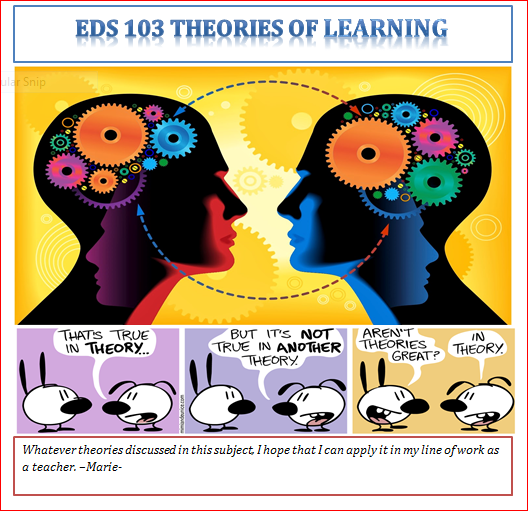According to Airasian (1994) and Pellegrino, Chudowsky and Glaser (2001), assessment has three main purposes: to assist learning, to measure a particular student’s achievement and to evaluate the whole program. To ensure that these three main purposes be achieved both tests and curricula designers must work together so that instruction and assessment take place at the same time in order to enhance student’s higher-order thinking skills by developing their abilities of communication, reasoning and problem solving (NTCM, 1995). Many educators believe that in order to teach higher-order thinking skills, to fill the gap between the teachers’ assessment practices and instructional goals, and to implement new assessment ideas and classroom practices, a great change from traditional assessment which assess students’ abilities to remember the facts (NRC, 2000), into authentic assessment that has the ability to reflect and measure the actual learning-teaching outcomes, and to evaluate and reform the goal of the new curricula and teaching strategies used in classes is highly required. In addition, many researches (see e.g. Newman, 1990) argue that both lower and higher order thinking skills may be interwoven in the classroom, and the use of them depends on the nature of the student and the subject. Developing students’ skills requires creating assessment techniques that have abilities to help teachers in their job and reveal students’ skills. Moreover, the use of comprehensive Information and Communications Technology will equip learners for the 21st century demands and therefore need to improve teachers’ skills to make the best use of technology in classroom learning and assessment. This essay will give light to the fact that students’ higher order thinking skills can be enhanced through: First, the right mix of assessment instruments to measure the full range of skills students need. Second, Information and Communications Technology (ICT), new way of learning and assessment can be facilitated. Third, using of international tests as a guide to improve standardized testing.
Assessment systems need to reflect the mix of skills and knowledge that learners need in order to succeed in modern societies. It is apparent that students will require a full set of skills if they are to prosper and contribute to a strong economy and a good society. First, the learning skills that teach students about the mental processes required to adapt and improve upon a modern work environment. It is also called the four C’s that stands for critical thinking, creativity, collaboration and communication. Second, the literacy skills (IMT) that involves the information, media and technology and that it focus on how students can discern facts, trustworthy sources and factual information to separate it from the misinformation that floods the Internet. Third, the Life skills (FLIPS), it takes a look at intangible elements of a student’s everyday life. These intangibles focus on both personal and professional qualities. It includes flexibility, leadership, initiative, productivity and social skills. All these skills cover the so-called 21st century skills that will enable students to have the adaptive qualities they need to keep up with a business environment that’s constantly evolving. With this in mind, the challenge facing the education system in Thailand is to move beyond the traditional modes of assessment which often tended to focus on the reproduction of discrete knowledge and shift towards a broad mix of assessment that measure and thus value application of knowledge and the development of broad set of skills. This means that educators and policy makers need to carefully identify and explicitly state what skills students need to develop and to act on that specification. It also means that, given the diversity of skills students require no single assessment or approach can possibly suffice. Thus, building a diversified assessment system like one that makes good use of both
formative and summative assessments as pedagogical tools is a must. Such system must have variety of assessment tools to assess a wide variety of skills (OECD, 2013a, UNESCO 2012a). In the case of formative assessment, it provides ways for teachers to continually gauge student progress and to adapt instructions to the evolving needed of learners. Formative evaluation comes in many forms such as student portfolios, reflection sheets, self-peer assessment, and requests for immediate feedback after a lesson or for early draft that help students structure their work. Good formative assessment provides timely feedback to students, help them feel safe to take risks, diagnose learning needs and allows teachers to differentiate teaching accordingly and engages students in their own learning process
(OECD, 2013a). Formative assessment has particularly strong effect on lower achieving students (Black and William, 1998) and therefore helps inequality in student outcomes while improving overall achievement. However, formative assessment should take place in an environment conducive to the improvement of classroom practice, addressing potential logistical obstacles such as overly large groups of students, diverse learners or excessive curriculum requirements. We need to understand that this form of assessment is low-stakes even it potentially has higher stakes for teachers and schools and so students can be who they are and feel comfortable to work tasks given to them with enthusiasm which has relation to their everyday lives. With formative assessment, teachers can apply a wide range of tools that starts from low order thinking activities and gradually moves on the higher order thinking activities in the duration of the students learning journey. On the other hand,
effective summative assessment must validly and reliably measures what students have achieved, and provide a sound base for further learning. One key way that systems can strengthen teacher’s capacity for effective summative assessment is by providing tools and guidelines such as scoring guides, scoring criteria and external benchmarks. Nevertheless, the benefit of formative and summative assessment policies depend on effective implementation though. This could work if and only if teachers are open-minded, willing to shift from traditional form to alternative form of assessment and are equipped with knowledge, training and skills to carry out these form of assessments. Personally as a teacher for almost fourteen years, Thailand already shifted to alternative assessment as implemented in my school since 2016, but unfortunately, only a few teachers in my school tend to do so. They are still stuck in paper-pencil test that focus on rote learning and multiple-choice test. As a matter of fact, every term, I have six co-teachers that always get impatient waiting for me to submit grades for my class as I need longer working hours to mark my alternative form of test and calculate results. The curriculum and assessment was set for alternative learning but the implementation still lean on the traditional method. This is just a scenario that could also happen in other schools around Thailand. I do believe that it is critical to strengthen teaching training and support in the area of assessment. Collaboration from teachers, leaders both local and national are highly needed to implement and follow through this policy of using alternative form of assessment if we want to cultivate 21st Century skills in our students. Good practice allows teachers to plan assessment that are tied to the curricular standards and to the objectives of the class, to appropriately involve students in formative assessments, and to make proper diagnostic use of assessments to improve student learning and final learning outcomes. At the summative level, teachers should have a good understanding of psychometric concepts behind national assessments, and therefore be able to better interpret the results in order to improve teaching practices and student learning. The Education Ministry must ensure that these assessments are valid, authentic, current, sufficient and reliable (VACSR) by strengthening teacher preparation, establishing a nationwide strategy for professional development to equip teachers with the resources and competencies they needed in areas such as employing a wide variety of assessments, making judgements against educational standards and taking into account cultural linguistic aspects of student learning.
The second point on how to enhance higher order thinking skills is the use of Information and Communications Technology (ICT) in enriching learning and various forms of assessment. Now that we are in digital age, ICT plays a key role in creating and exchanging knowledge around the globe. Thus, students need to develop ICT skills. I remember in 2016, all classrooms in my school received an LCD television and our English Program under the Foreign Language Department received ten desktop computers. The school even allocated an ICT room and we had a two-day seminar on how to use computer in teaching. All these efforts were in response to national policy that students need to use technology in learning and teachers must teach and assess students using technology. For the first year, this idea was still fun. In the case of Foreign Language Department, we had the support of British Council to deliver an interactive lesson, exchange information to other students abroad and do assessment using their websites. Similarly, TV’s were used as monitors to deliver lessons in powerpoint presentations and videos. However, when internet connections lag, hardware and software efficiency starts to degrade, majority of these apparatus were placed in cupboards as displays. Subsequently, majority of teachers went back to their normal form of teaching — whiteboard and marker. Only the Computer Department in our school continues to use computer in teaching and assessment. Why? First, teachers have less confidence and capacity to use ICT in classroom and second teachers have limited learning materials relevant to the national curriculum. So, students and teachers need a better quality of digital learning and assessment materials to improve the quality of education. Likewise, teachers’ competencies in using digital learning and assessment materials effectively and their attitudes with respect to ICT have real impact on students’ performances are equally important. To address this issue, it is a must that the Ministry of Education provides teachers with appropriate and comprehensive ICT knowledge and training, a sound ICT learning materials and a good quality assessment toolkit for both formative and summative assessment and integrates them in teaching in ways that support the learning goals set out in the curriculum for the 21st century. Moreover, a high-speed internet access and high quality multimedia apparatus at school will enhance ICT learning and assessment.
The third point on how to enhance higher order thinking skills is to use the international tests as guide to improve standardized testing. Every three years, the Programme for International Student Assessment (PISA) conducts a worldwide study of 15-year-old school pupils’ scholastic performance on mathematics, science, and reading, sponsored by the Organisation for Economic Co-operation and Development (OECD). The OECD offers the best analysis of education systems around the world through PISA tests. In the latest PISA survey in 2015, Thailand ranked 54th in maths and sciences and 57th in reading. Overall, Thailand’s rank was 54th, far below other Asian countries. Singapore was the top performer in all three subjects, followed by Japan in second place. Taiwan came in fourth, China in sixth and Vietnam in eighth (Veathika, 2018). Thailand has taken part in this test since 2000 where the country’s scores have consistently been in the lower percentile of global performance (Mala,
2018). Based from the results, it reveals that Thailand is in urgent need to strengthen its quality of assessment in all school nationwide. It also implies that the curricula fail to be applied to the Thai student’s everyday lives. For this reason, there is a need to focus on how to gear Thai education to the new demands of the fourth industrial revolution (Thailand 4.0). Athapol Anunthavorasakul, an academic from Chulalongkorn University’s faculty of education, said the Education Ministry, in the past two to three years, has invested money trying to get better results in the PISA test, training teachers and students for the PISA assessment, but the performance is still poor. This is due to the fact that PISA results reflect serious disparities between students in well-known schools and students in rural areas. Mr Athapol said schools in each country are randomly selected by the international contractor for participation in PISA, so it is critical to bear in mind that a country’s scores are only the
average aggregate results of students included in the sample. Additionaly, Education Minister Teerakiat Jareonsettasin admitted he was also disappointed with the performance of Thai students. The results, he said, reflected a huge gap in ability between students in elite schools and those in underprivileged schools. To narrow this gap, Mr. Athapol suggested that it is critical that the standard of teaching and assessment must be uniformly implemented to all schools nationwide regardless whether it’s in the countryside or the city. I do agree with Mr. Athapol, Thailand must improve equity in educational resource allocation so that all students will have the best opportunity to learn and be assessed based on the national teaching and assessment standard that is aligned to the international curriculum and assessment standard. In this way, the Education Ministry will not worry as to what will be chosen to participate in PISA in a sense that students were trained same way as any school nationwide.
So, how is higher order thinking skills enhanced through the change in assessment? The following suggestions were presented: First, is by implementing the right mix of assessment
instruments that can measure the full potential of each student. Second, is by utilizing a comprehensive ICT teaching and assessment toolkit in the classroom. Both first and second suggestions must ensure quality teaching force — teachers that are equipped, empowered, skilled and undergone professional learning development to reliably assess students for the full range of competencies identified in the curriculum and that safeguard the use of range of assessments to generate the information needed to support individual student progress for the 21st century. Henceforth, the Education Ministry must develop a holistic strategy to prepare both teachers and school leaders to deliver the standard of teaching and assessment in all schools nationwide. The third suggestion was the use of international tests as a guide to improve standardized testing. Through improving equity in allocation of education resources nationwide, quality standard of teaching and assessment can be delivered to all students. All these will ensure that students in Thailand will have high level preparedness and potentials to face the challenges brought by the fourth industrial revolution.
The following websites were visited in writing this essay:
Veathika. (2018, June 24). Thailand Mulls Pisa Test Opt Out for 2018. Retrieved from https://whichschooladvisor.com/thailand/school-news/thailand-may-boycott-2018-pisa-tests
Mala, D. (2018, June 22). Thailand threatens to quit Pisa test. Retrieved from https://www.bangkokpost.com/thailand/general/1489970/thailand-threatens-to-quit-pisa-test
Sumter, D. (2018, January 23). Obsession with PISA ranking is hurting Thai students. Retrieved from https://www.nationthailand.com/your_say/30336995
(2017, January 6). Thai Education System Fails in Latest PISA Tests: Chevron Enjoy Science Advocates
STEM Education to Solve Problem. Retrieved from https://www.kenan-asia.org/thai-education-system-fails-in-latest-pisa-tests-chevron-enjoyscience-advocates-stem-education-to-solve-problem/
Mala, D. (2016, Dec 19). Thai education system fails to deliver. Retrieved from https://www.bangkokpost.com/thailand/general/1162805/thai-education-system-fails-todeliver
OECD. (2016, August 31). Education in Thailand An OECD-UNESCO Perspective. Retrieved from https://read.oecd-ilibrary.org/education/education-in-thailand_9789264259119-en
Royal Thai Embassy, Washington DC. Agenda 1: Prepare Thais 4.0 for Thailand becoming a first wirld nation. Retrieved from https://thaiembdc.org/agenda-1-prepare-thais-4-0-for-thailand-becoming-a-first-world-nation/
What are 21st Century Skills? Retrieved from https://www.aeseducation.com/career-readiness/what-are-21st-century-skills
To write the reference format, this website was visited:
APA Citation Basics (6th Edition). Retrieved from http://info.easybib.com/hs-fs/hub/222136/file-1616255036-pdf/APA_Citation_Ebook_Merged.pdf


